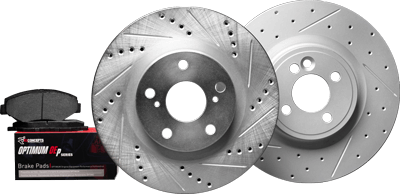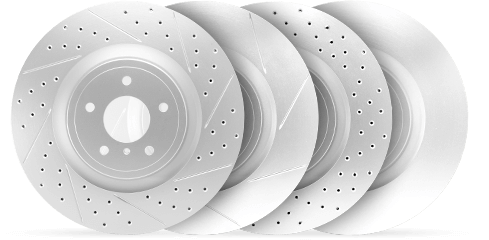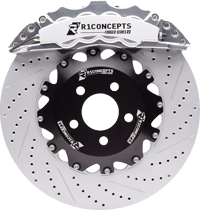If you’ve recently gone to the mechanic and heard the phrase, ‘bed your brakes’, and you’re wondering what it means, then you’ve come to the right article.
What does ‘bedding your brakes’ even mean?
Bedding your brakes is a phrase used in the automotive industry that basically means breaking them in. You do this to new brakes whether coming from your brand new car, or when you just recently replaced the parts of your brake system.
Breaking your brakes in might sound silly, but it’s actually a process that helps improve the performance of these brakes. It allows them to work properly and give you their full potential as you use them in the real world.

Why do you need to break your brakes in?
When you first purchase brakes, all of their parts have not yet been used on the road. This means that these parts aren’t accustomed to road conditions just yet. You want to break these brakes in so that all the unnecessary materials get shaved or burnt off before you actually use the vehicle on the road.
What you’re trying to do is help shape these parts and components to each other, so that when you need them to perform properly, they won’t give you inconsistent reactions.
How do you bed your brakes?
The break in process for brakes is one that requires a long stretch of open road with little to no obstructions on the road. It’s better if the road is completely empty so that you reduce your risk of bumping into anything.
1. Engage hard braking at 40mph.
Think of breaking in your brakes as an exercise. You will need to warm the system up before even trying to start the workout itself so that your car won’t be shocked with the things to come. It’s important to remember that you shouldn’t perform a full stop while doing any of these steps (except the final step).
2. Reach 50mph, then step on the brakes hard until you hear the engaging of the ABS.
This might make your car groan, but you have to push forward. Think of this as the main component in a workout, and repeat this step 3 times. This will actively put your brakes to work.
3. Drive up to 65mph, then quickly slow your vehicle down to 15mph.
As the finale, you want to reach high speeds and slow down quickly. If you can reach speeds higher than 65mph, then that would yield better results. However, we would like to remind you to employ the utmost care in driving at high speeds, as you might end up injuring others or yourself.
4. Let your brakes rest for 20 minutes.
The cool down is important as well. The 20 minutes you spend at full stop will allow the brakes to settle into their new form, as you’ve shaved off all the parts and materials that needed to be shaved off.
Conclusion
Breaking in your brake pads is necessary in order to prevent brake rotor warping. Not only that, but it can also improve the performance of your brakes. New brake pads are always solid and hard, therefore, when you use them casually while they’re new, they may cause your rotors to warp over time. This is preventable if you perform the steps mentioned in this article.









